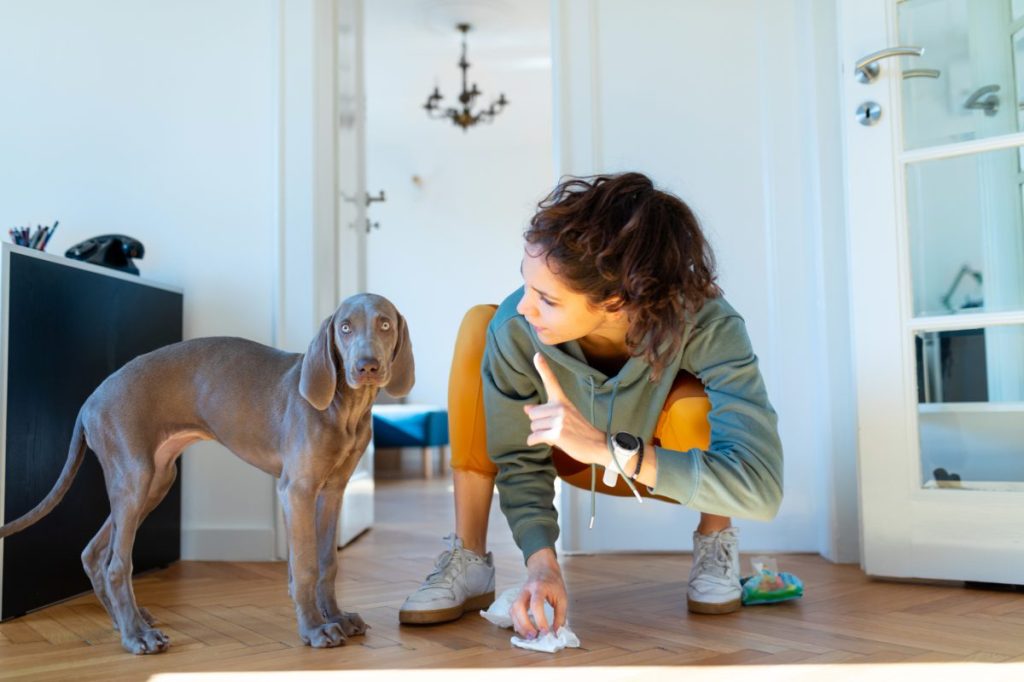Potty training a rescue dog can sometimes be a bit challenging, as their previous experiences and backgrounds may affect their behavior and learning process. However, with patience, consistency, and positive reinforcement, you can successfully potty train your rescue dog. Here are some steps to help you in the process:
Establish a potty training routine
Dogs…







